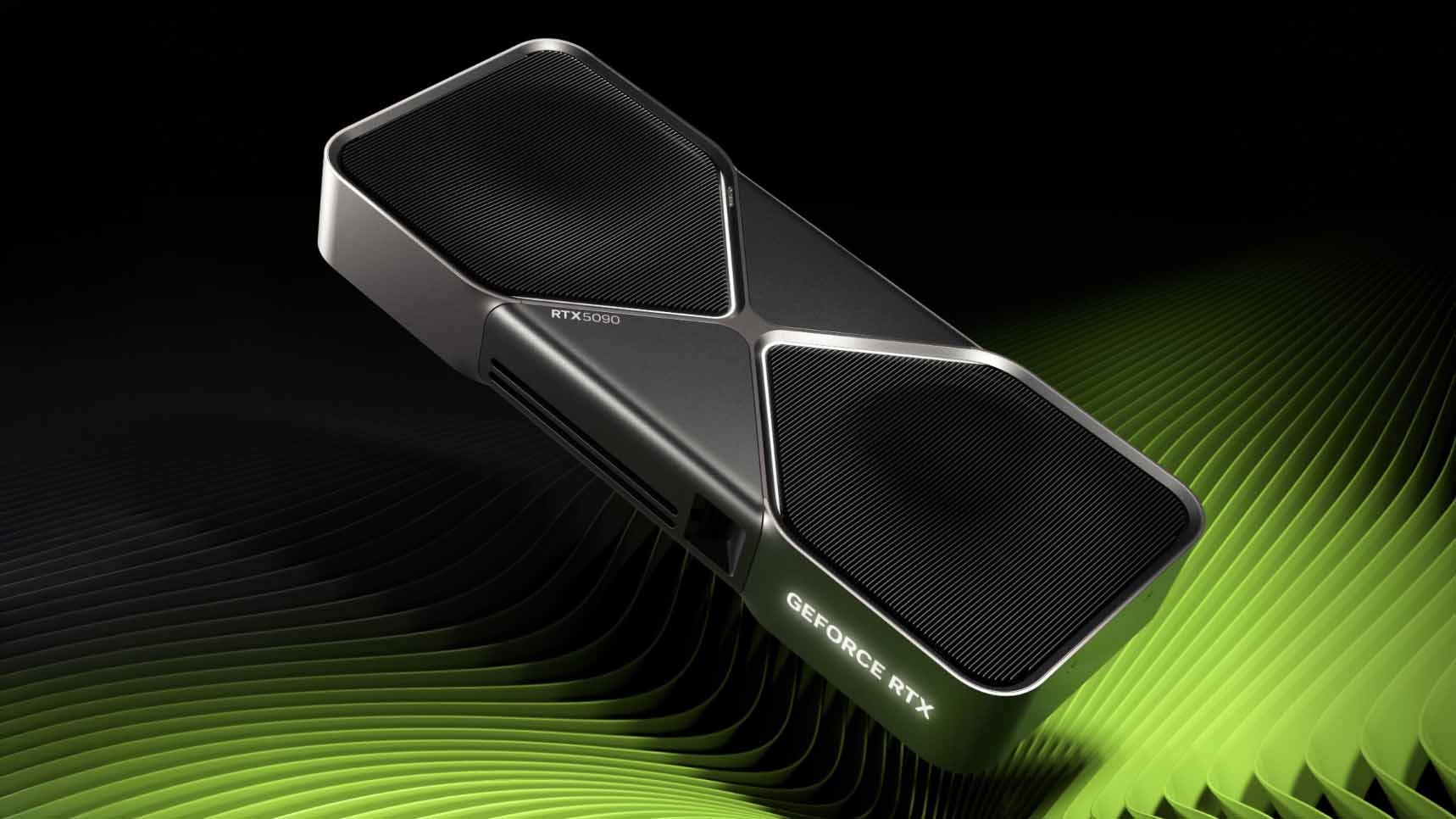Prototype of RTX 5090 Appears With Four 16-Pin Power Connectors, Capable of Delivering 2,400W
-
If they put 2x 12pin HighPower connectors and they wouldn't be burning up because each would be delivering just 300W. But they explicitely don't allow board partners to do it themselves, because NVIDIA is bunch of controlling assholes.
If they need 2x12pin connectors they could go with the standard mobo ATX24, stable, sturdy.. hell, at this (powerl) point they could just use a 220V cord.
-
In Europe, this is no biggie
I just saw a reputable 2400W kettle on a random online store for 50€
Looks like there are 3000W options too
3600W is the maximum a power socket is rated for and the fuse triggers at 3800W. So, cutting it pretty close.
-
I, for one, would rather just see them use a couple of 2/0 AWG welding cables, bolted onto a 5mm copper plate on the board. If you need 200 amps, make it look like 200 amps.
PCI bus bar on top.
-
I live in a 50 year old house. All the breakers are 16A, so 220V x 16A = 3.5kW
The electric sauna does three-phase @ 400V. My energy tracker usually peaks around 9.5kW when it's heating.
Most are actually 230V which is even more at standard 16A, 3680W to be precise.
Countries that use 110V have so many weird limitations that we don't even know in Europe. For them, 230V is the "special" outlet for special purposes.
-
I live in a 50 year old house. All the breakers are 16A, so 220V x 16A = 3.5kW
The electric sauna does three-phase @ 400V. My energy tracker usually peaks around 9.5kW when it's heating.
Nominally EU voltage is 230V, and may be 240V. In fact, it can be as high as 230V +10% = 253V. Higher voltage means more power for a given current, so nominally it's 16A x 230V = 3.68kW, but you could have say 16A x 250V = 4.0kW.
If your sauna is 400V then it sounds like you'll be 230V (400V / sqrt(3) = 230). But the voltage can also be 230V -6% = 216V, so 220V is within scope.
But yeah, standard voltages in the EU are either 230V/400V or 240V/415V. They've been harmogenised, but if you look at the numbers you'll see the trick - 230V +10% is roughly the same as 240V +6%. So the range is 230V-6% and 240V+6%.
You've got a 3 phase connection though so you might find you've got different single phase breakers on different phases (eg lights on one phase, sockets on another), with slightly different voltages for each one.
-
Oh! I knew European outlets operated at higher voltage, but I didn't know the standard circuits supported such high current. Jealous!
It's the same current but double the voltage
-
It's the same current but double the voltage
And wiring is typically rated for current limits not voltage (within reason). Some 12 gauge wire doesn't care if you're pushing 12V, 120V, or 240V but is only rated for 20A.
-
3600W is the maximum a power socket is rated for and the fuse triggers at 3800W. So, cutting it pretty close.
I wouldn’t use that kind of power continuously. AFAIK the sockets are supposed to handle 16A for at least six hours, when they are new. When charging your car on Schuko sockets it’s good practice to limit it to 10A and check for the socket temperature after a while. Also, any connections in the cabling can have increased resistance with age and heat up with heavy continuous use. That shouldn’t matter that much when running a kettle or toaster for a few minutes, but charging a car or gaming for hours can become a problem.
-
If they need 2x12pin connectors they could go with the standard mobo ATX24, stable, sturdy.. hell, at this (powerl) point they could just use a 220V cord.
Are there many consumer PSU's with two ATX24 connectors? A quick search only shows Phanteks making one.
-
This post did not contain any content.
That's almost 1W per dollar!
-
And wiring is typically rated for current limits not voltage (within reason). Some 12 gauge wire doesn't care if you're pushing 12V, 120V, or 240V but is only rated for 20A.
The easiest way to think about it is that the conductor is rated for the current, and the insulator is rated for the voltage. Now, once you get into the nitty gritty, they're more intertwined than that, but it's close enough for a surface level explanation.
-
Are there many consumer PSU's with two ATX24 connectors? A quick search only shows Phanteks making one.
Nvidia controls enough of the market that more PSU manufacturers would if Nvidia needed it.
-
Most are actually 230V which is even more at standard 16A, 3680W to be precise.
Countries that use 110V have so many weird limitations that we don't even know in Europe. For them, 230V is the "special" outlet for special purposes.
Actually, in the US the outlets are often wired with 1 leg, while giving 2 legs gets you back to 240v.
110 is probably better in terms of general safety (which is good because our houses are death traps), but it means when you do need power you need a special circuit.
We should have both more common, but the plugs are terrible (basically they turn the left prong 90 deg).
-
What about the rest of the computer though?
3840W per breaker. Minus 2400 leaves 1440W, for a CPU, the minor components, and monitors/other equipment. In theory it could work.
-
In Europe, this is no biggie
I just saw a reputable 2400W kettle on a random online store for 50€
Looks like there are 3000W options too
I'm gonna oneup those kettles with >7500W showerheads
-
3840W per breaker. Minus 2400 leaves 1440W, for a CPU, the minor components, and monitors/other equipment. In theory it could work.
You would still need to run the computer off multiple plugs, as almost any 240v plug is 10a.
You'd likely need a dedicated breaker and plug, similar to a stove plug.
-
Actually, in the US the outlets are often wired with 1 leg, while giving 2 legs gets you back to 240v.
110 is probably better in terms of general safety (which is good because our houses are death traps), but it means when you do need power you need a special circuit.
We should have both more common, but the plugs are terrible (basically they turn the left prong 90 deg).
110 is probably better in terms of general safety
Eh, not really. There is no significant difference in safety between 110vac and 230vac. Voltage is not the (most) dangerous part, it's the amps that kill if you're electrocuted.
-
In Europe, this is no biggie
I just saw a reputable 2400W kettle on a random online store for 50€
Looks like there are 3000W options too
Standard US outlets can't deliver 3000 watts.
-
Actually, in the US the outlets are often wired with 1 leg, while giving 2 legs gets you back to 240v.
110 is probably better in terms of general safety (which is good because our houses are death traps), but it means when you do need power you need a special circuit.
We should have both more common, but the plugs are terrible (basically they turn the left prong 90 deg).
when you do need power you need a special circuit.
We also have a standard socket and a high power socket.
Expect our normal outlets provide 230V 16A 3.5kW (3kW sustained) and the typical high power outlets outlets provide 400V 30A 11kW or 400V 60A 21kW.
Which is why typical electric stoves here use 11kW and typical instant water heaters use 21kW.
Though probably the most noticeable advantage is in electric car charging.
-
Standard US outlets can't deliver 3000 watts.
That's why I started my sentence with "In Europe"






